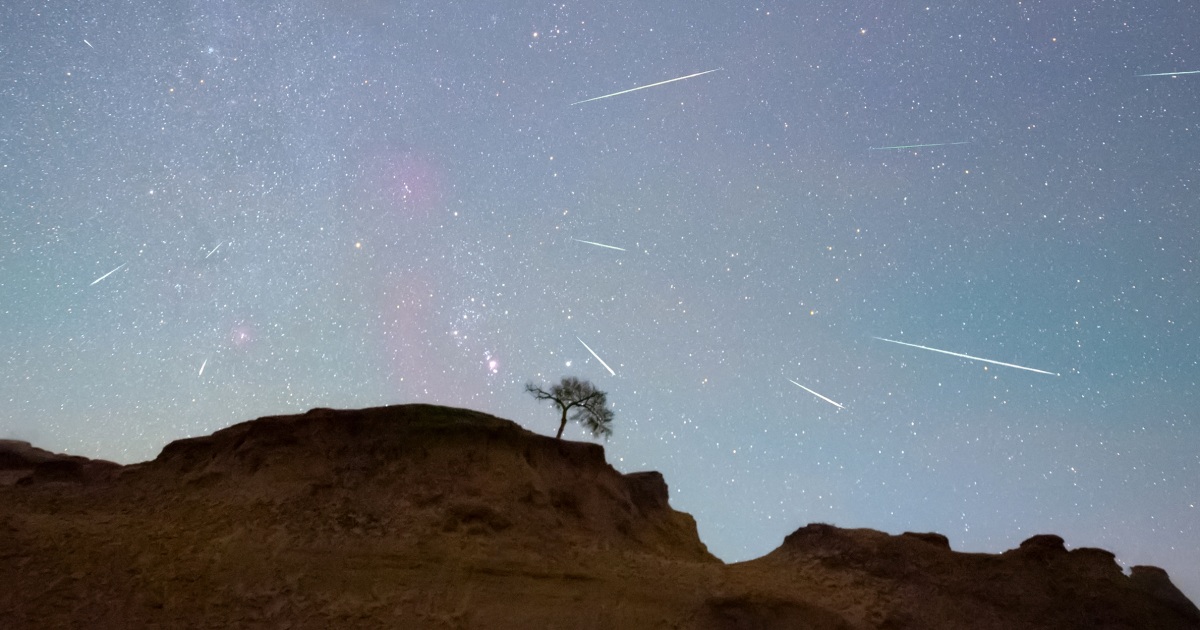
Solar Masses
Solar Mass is a unit of mass used in space and astronautical engineering, equal to the mass of the Sun, which is approximately 1.989 x 10^30 kilograms. It is used to describe the mass of celestial objects such as stars, planets, and galaxies. Solar Masses are particularly useful in astrophysics, where the masses of celestial objects are often extremely large and difficult to measure directly. By expressing these masses in terms of Solar Masses, scientists can more easily compare and understand the relative sizes and masses of different objects in the universe.
Your Previous Searches
Random Picks
- ISO 14644-1: ISO 14644-1 is a standard that specifies the classification of air cleanliness in cleanrooms and associated controlled environments. It provides a classification system based on the concentration of airborne particles in the cleanroom. The ... Read More >>
- MOSFETs: MOSFETs (Metal-Oxide-Semiconductor Field-Effect Transistors) are electronic devices used in space and astronautical engineering to control and amplify electrical signals. They are made up of a metal gate, an oxide insulating layer, and a se ... Read More >>
- High-strength Steel Alloys: High-strength steel alloys are a type of steel that exhibit high strength and toughness, making them ideal for use in aerospace and astronautical engineering applications. These alloys are typically made by adding elements such as nickel, c ... Read More >>
Top News

Bestselling author explains the science of happiness: "You can do the work"...
Bestselling author and Harvard professor Arthur Brooks opens up about how enjoyment, satisfaction and meaning in life can increase a person's wellbeing....
News Source: CBS News on 2024-11-18

November's full moon, known as the Beaver Moon, is the last supermoon of 2024. H...
November's full moon, known as the Beaver Moon, is the last supermoon of 2024. Here's when it peaks and why it's called the Beaver Moon....
News Source: CBS News on 2024-11-15

You can't put a price on the sense of awe particle physics inspires...
Astronomy and particle physics are no longer seen as vital by the US establishment, so funding has fallen. But our work creates a sense of wonder, and wonder matters, says Chanda Prescod-Weinstein...
News Source: New Scientist on 2024-11-13

If you want to stretch your gift game into days this holiday, check out these ad...
The advent calendar phenomenon is growing every year, with so many exciting, fun, beautiful, and delicious options available...
News Source: ABC News on 2024-11-04

November brings a bonanza of meteor showers...
November brings a skywatching bonanza, with three meteor showers — the Southern Taurids, Northern Taurids and Orionids — offering chances to see shooting stars....
News Source: NBC News on 2024-11-02